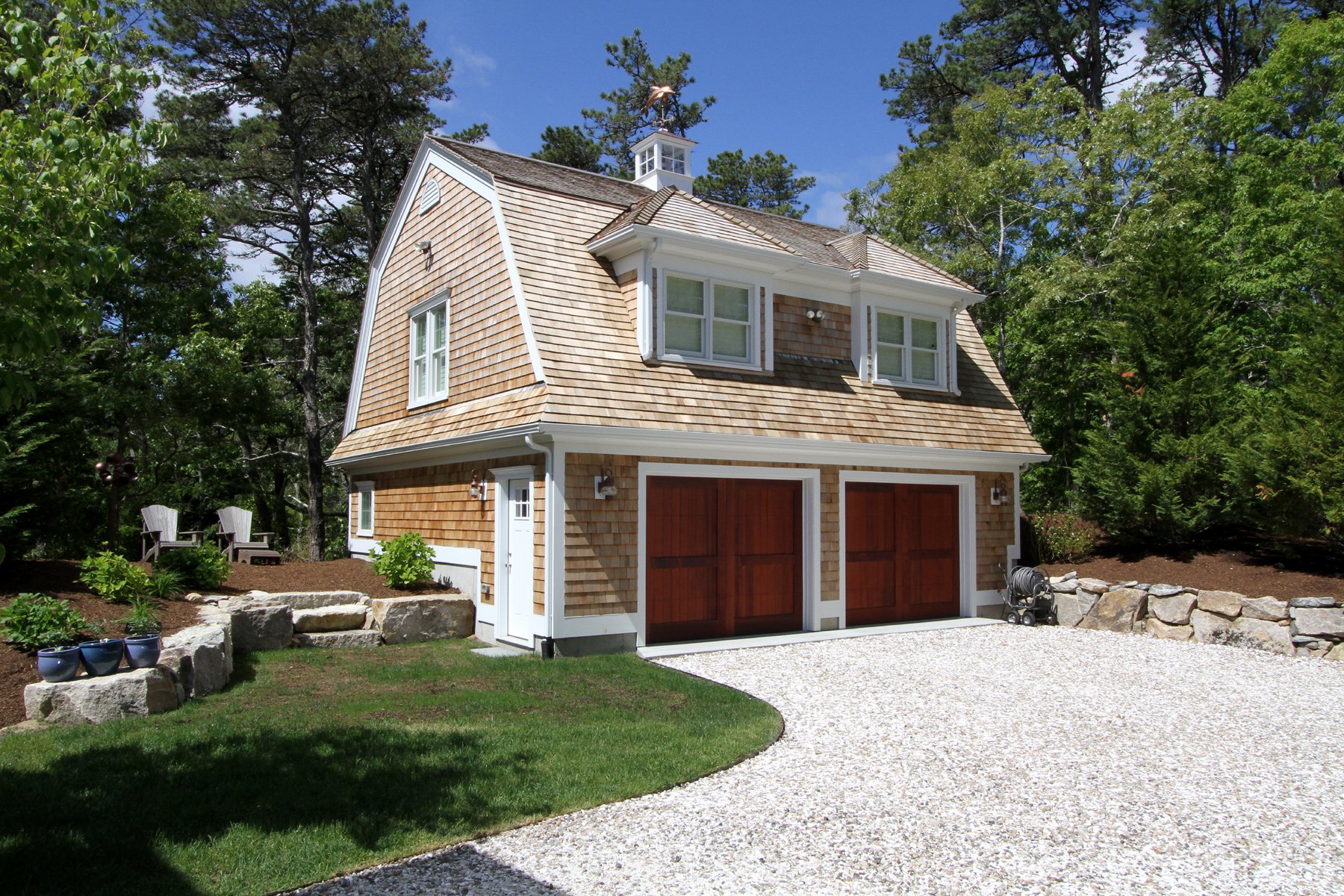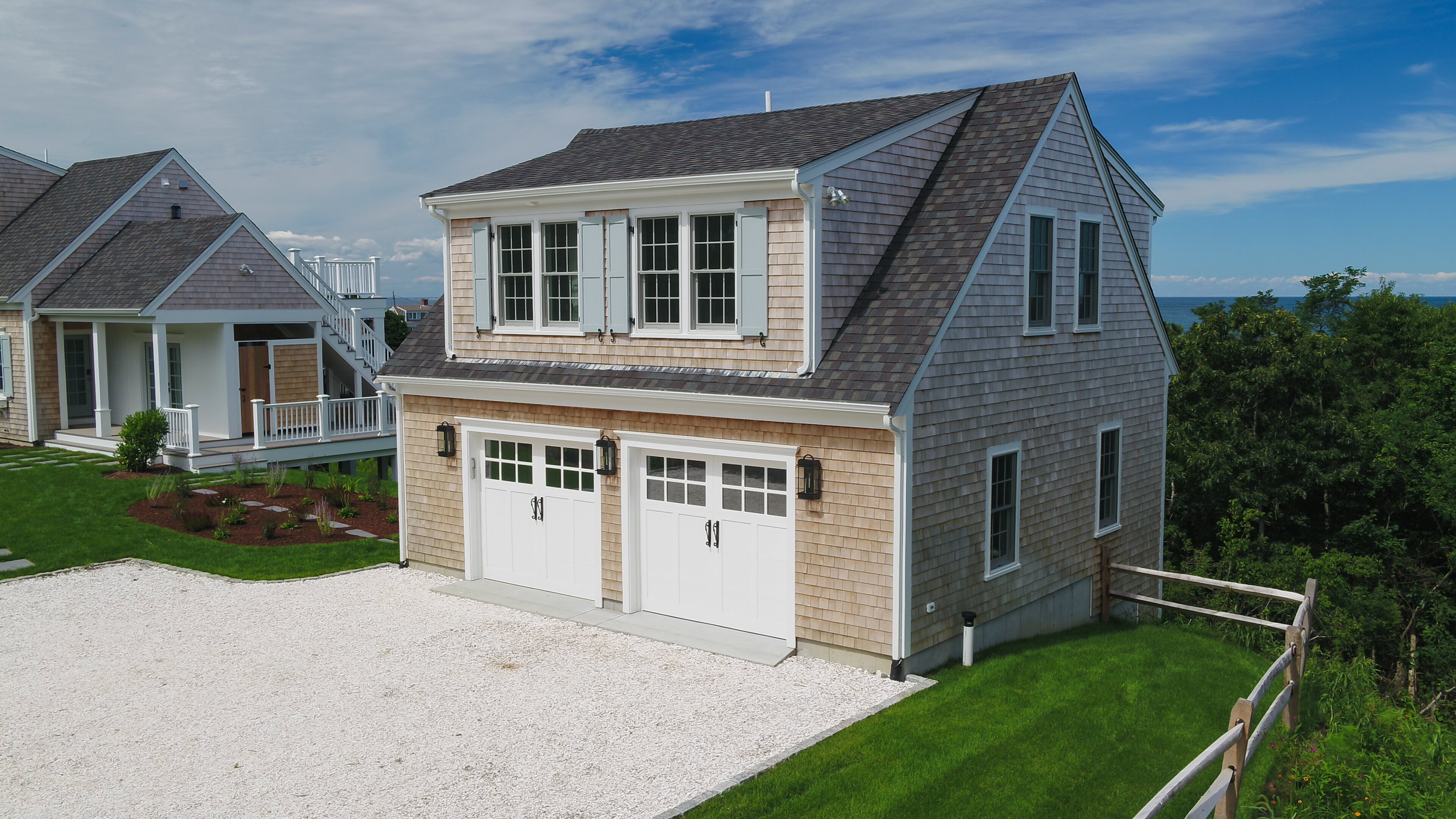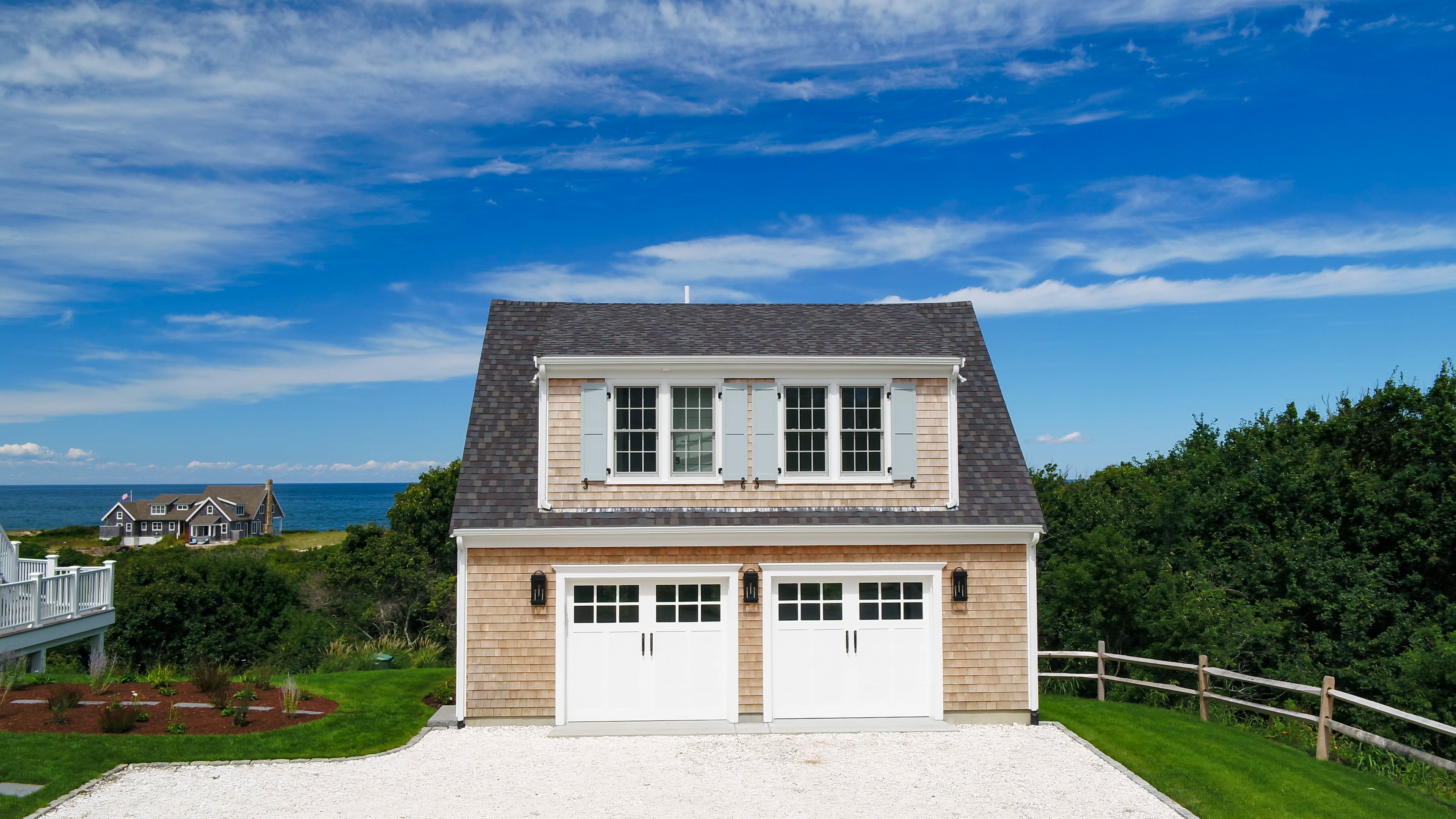In 2025, Massachusetts will see transformative changes in its ADU laws, impacting homeowners and builders alike.
Understanding the New ADU Regulations
The new ADU regulations in Massachusetts for 2025 represent a significant shift in the state's housing policy. These changes aim to facilitate the creation of more accessory dwelling units (ADUs), which are smaller, secondary residences on the same lot as a primary dwelling. The updated laws are designed to simplify the approval process, reduce regulatory barriers, and encourage more homeowners to consider building ADUs.
Key aspects of the new regulations include relaxed zoning restrictions, increased maximum size limits for ADUs, and streamlined administrative procedures. These changes are intended to address the state's housing shortage, provide more affordable housing options, and promote more efficient use of existing residential properties. As a result of this new law Accessory Dwelling Units are allowed by-right in every town in the Commonwealth.
Here are the changes coming into effect this year (Section 8, Chapter 150 of the Acts of 2024):
1: An ADU must maintain a separate entrance, either directly from the outside or through an entry hall or corridor shared with the principal dwelling sufficient to meet the requirements of the state building code for safe egress;
2: An ADU can be either no larger than half the gross floor area of the principal dwelling or 900 square feet, whichever is smaller;
3: Meet local municipal restrictions, including, but not limited to, additional size restrictions and/or restrictions or prohibitions on short-term rental if the city or town decides to impose these
4: There is no longer a requirement for owner occupancy of either the primary home or ADU on a given property

Key Benefits for Homeowners
The revised ADU laws offer several benefits for homeowners. Firstly, they provide an opportunity to generate additional income by renting out the ADU. This can be particularly beneficial for retirees or those looking to offset mortgage costs. Secondly, ADUs offer a flexible living arrangement, allowing families to accommodate elderly parents, adult children, or other relatives while maintaining privacy and independence.
Furthermore, the potential increase in property value is another significant advantage. Well-designed ADUs can enhance the appeal of a property, making it more attractive to potential buyers. The new regulations also encourage sustainable building practices, which can lead to long-term savings on utilities and maintenance.

Navigating the Permit Process
While the new ADU regulations aim to simplify the permit process, it is still essential for homeowners to understand the steps involved. The first step is to review local zoning laws and ensure that the planned ADU complies with all relevant guidelines. This may involve consulting with local planning departments or hiring a professional to assist with the application process.
Homeowners will also need to prepare detailed plans and submit them for approval. This includes architectural drawings, site plans, and other necessary documentation. Once the plans are approved, construction can begin. It's important to note that regular inspections will be required throughout the building process to ensure that the ADU meets all safety and building codes.
Future Trends in Massachusetts Housing
The changes to the ADU laws in 2025 are part of a broader trend towards more flexible and sustainable housing solutions in Massachusetts. As the state continues to grapple with housing affordability and availability issues, ADUs are likely to become an increasingly popular option for homeowners and municipalities alike.
Additionally, advancements in construction technology, such as modular or panelized building and green construction methods, are expected to further enhance the feasibility and attractiveness of ADUs. As these trends evolve, homeowners can expect more innovative and cost-effective solutions for creating additional living spaces on their properties.
If you are consdidering an ADU on your property here on Cape Cod, please feel free to contact us at info@capecodbuilder.com
Wondering what your ADU might cost? Click Here to download our Cape Cod Construction Cost Guide



